Cuban cuisine is a feast for the senses, a delicious blend of flavors that tells the story of its rich cultural heritage. Each dish is a celebration of taste, made possible by various essential ingredients that are the heart and soul of Cuban cooking.
In this article, we’ll dive into the pantry of a Cuban kitchen and discover the key ingredients that bring Cuban dishes to life. From the humble rice and beans to the vibrant tropical fruits, each component plays a crucial role in creating the authentic flavors of Cuba.
We’ll also share some tips on where you can find these Essential Cuban Ingredients, whether you’re shopping at a local market or looking for them online. By the end of this journey, you’ll have a better understanding of what makes Cuban cuisine so unique and how you can bring a piece of it into your own cooking.
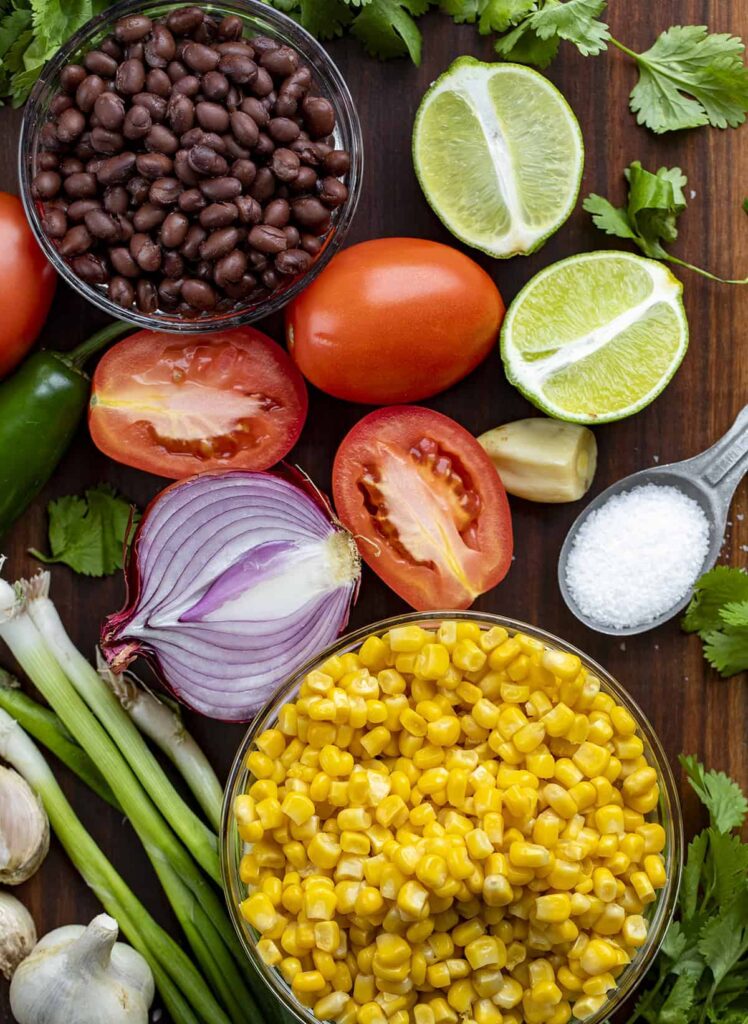
So, let’s begin our culinary adventure and unveil the flavors that define a culture.
Staples of the Cuban Pantry
Cuban cuisine draws its distinct flavors from a handful of staple ingredients that form the backbone of many traditional dishes. Let’s explore these essential components:
Essential Cuban Ingredients
Rice and Beans:
- Arroz con frijoles (rice and beans) is a classic Cuban dish. White rice is cooked until fluffy, and black beans are simmered with garlic, onions, and spices. The combination is hearty, comforting, and a daily staple for many Cubans.
- Tip: Use long-grain white rice and dried black beans for an authentic taste.
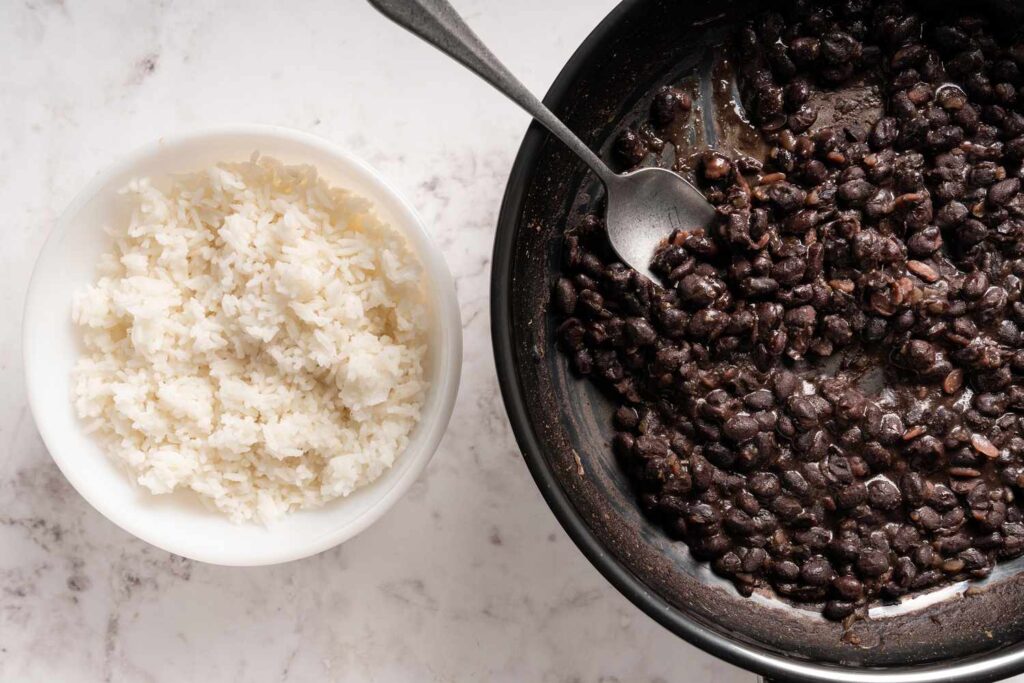
Plantains:
Plantains are like bananas’ starchy cousins. They can be green (unripe), yellow (semi-ripe), or black (very ripe). Each stage offers different culinary possibilities.
- Tostones: Green plantains are sliced, fried, and then flattened. They’re crispy on the outside and soft inside, perfect for dipping in garlic sauce.
- Maduros: Yellow or black plantains are sweet and caramelized when fried. They pair well with savory dishes.
- Tip: Look for firm green plantains for tostones and ripe yellow ones for Maduro’s.
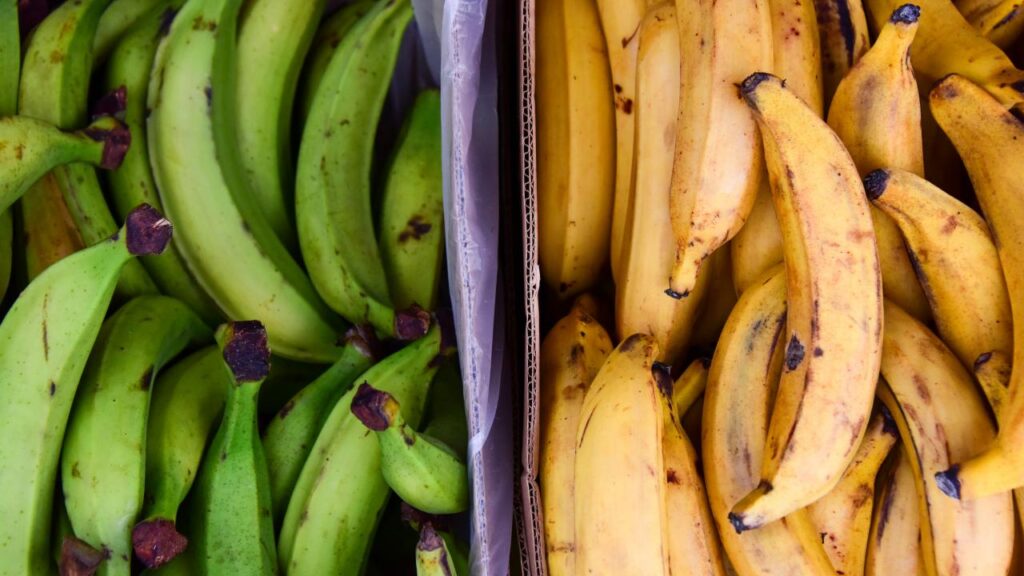
Pork:
Pork is the king of Cuban meats. Lechón asado (roast pork) is a festive centerpiece at gatherings. It’s marinated with citrus juices, garlic, and spices, then slow-roasted until tender.
- Pernil: Slow-cooked pork shoulder, seasoned with cumin and oregano, is another favourite.
- Tip: Visit a local butcher for fresh cuts of pork.
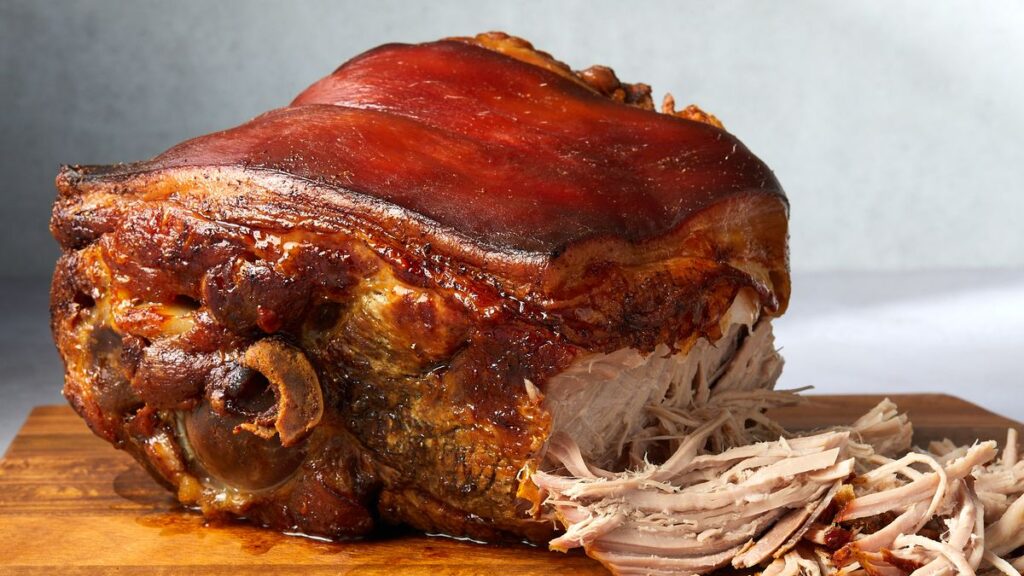
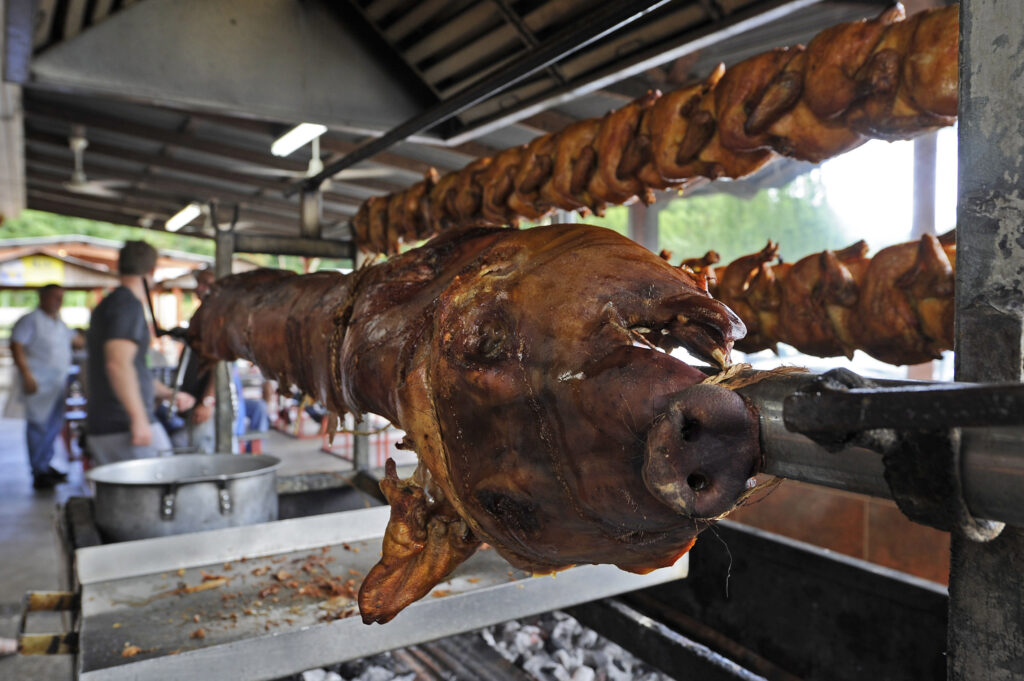
Tropical Fruits:
Cuba’s climate blesses it with an abundance of tropical fruits:
- Mangoes: Juicy and sweet, they’re eaten fresh or blended into refreshing juices.
- Guava: Used in pastries, jams, and desserts.
- Papaya: Enjoyed as a fruit or in salads.
- Tip: Visit local markets for seasonal fruits.
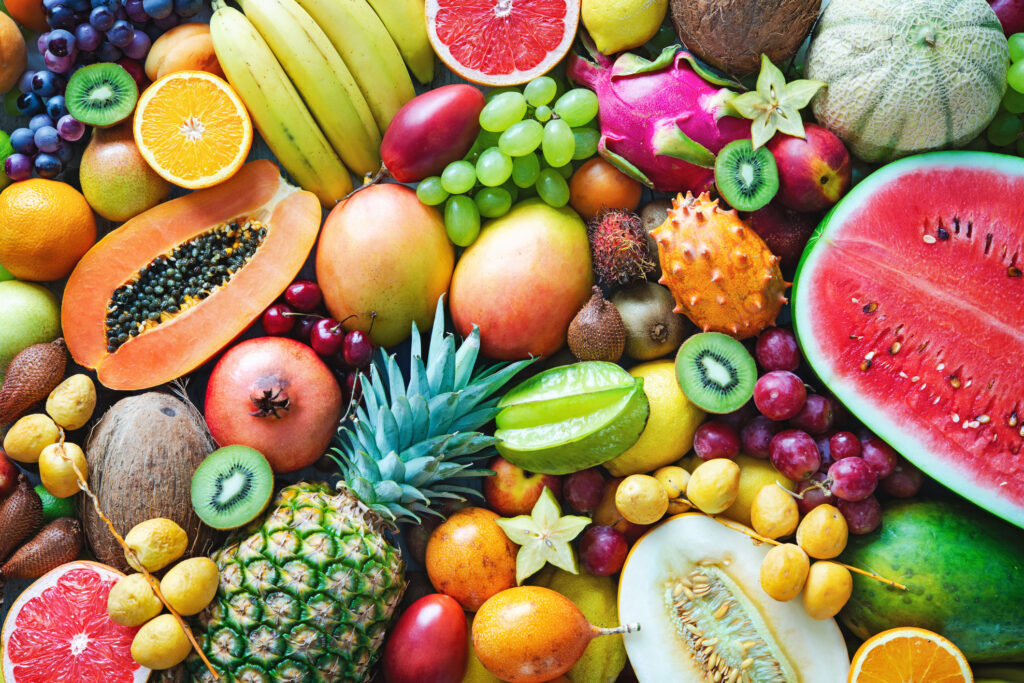
These ingredients define Cuban comfort food and evoke memories of family gatherings and shared meals. Whether you’re cooking at home or exploring Cuban restaurants, these staples will transport you to the vibrant streets of Havana.
Sourcing Authentic Ingredients
Now that we’ve explored the flavors, let’s talk about where to find these essential ingredients for cooking Cuban style recipes:
- Local Markets vs. Supermarkets:
- Local Markets: Visit neighborhood markets or farmers’ markets. Here, you’ll find fresh produce, including plantains, tropical fruits, and herbs. Engage with local vendors—they often share tips and stories.
- Supermarkets: While convenient, supermarkets may not always have the same variety or freshness. However, they’re reliable for pantry staples like rice, beans, and spices.
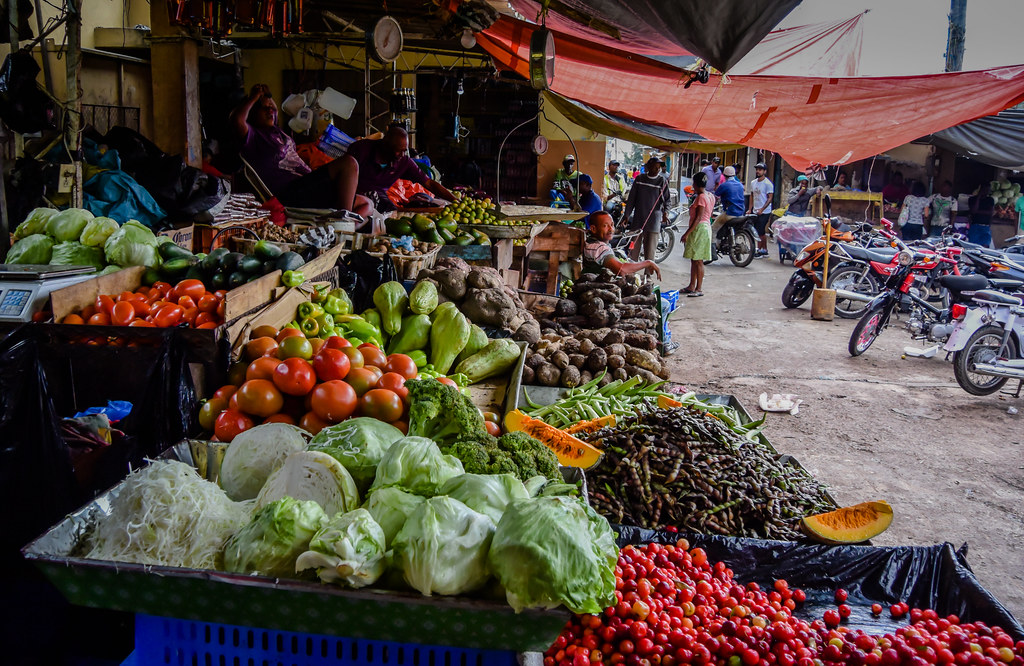
- Growing Your Own:
- If you have a green thumb, consider growing some ingredients at home:
- Herbs: Oregano, cilantro, and mint thrive in pots or small gardens.
- Citrus Trees: If you have space, plant a lime or sour orange tree.
- Homegrown herbs and fruits add an authentic touch to your dishes.
- If you have a green thumb, consider growing some ingredients at home:
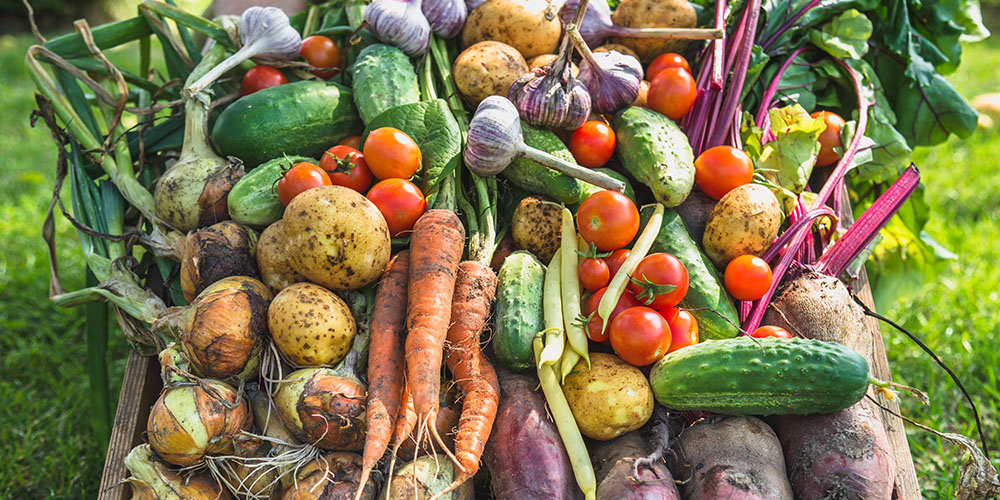
- Online Resources:
- The internet opens up a world of possibilities:
- Speciality Stores: Look for online stores that specialise in Latin American or Caribbean ingredients. They often ship nationwide.
- Recipe Blogs: Explore Cuban recipe blogs—they often recommend trusted online suppliers.
- Social Media Groups: Join food enthusiast groups where members share sourcing tips.
- The internet opens up a world of possibilities:
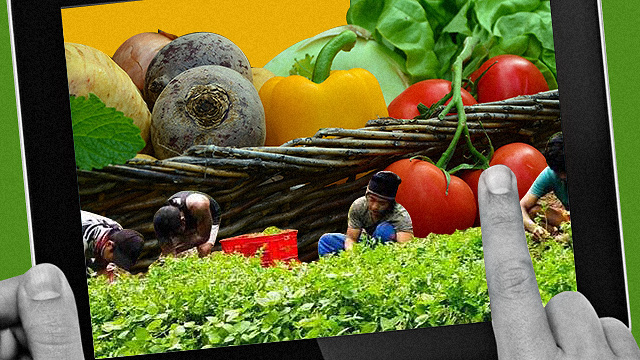
Remember, the joy of cooking lies not only in the final dish but also in the journey to find the perfect ingredients. Whether you’re chatting with a local vendor, tending to your herb garden, or clicking “Add to Cart” online, each step connects you to the heart of Cuban culture.
The Role of Seafood in Cuban Cuisine
Seafood is a vital part of the Cuban diet, thanks to the island’s extensive coastline. This section will delve into the variety of seafood used in Cuban cooking and how it’s prepared.

- Fresh Catch of the Day:
- Fish: Snapper, grouper, and marlin are popular choices, often grilled or fried with a squeeze of lime.
- Shellfish: Lobster and shrimp are enjoyed in dishes like enchiladas de camarones (shrimp in creole sauce).
- Tip: For the freshest seafood, buy from local fish markets or directly from fishermen.
- Preparation and Seasoning:
- Marinades: Seafood is typically marinated in citrus juices and garlic before cooking to enhance its flavor.
- Sauces: Tomato-based creole sauces or garlic butter are common accompaniments.
- Tip: Keep seasonings simple to let the natural flavors shine.
Cuban Beverages: Complementing the Cuisine
No Cuban meal is complete without a traditional beverage. This section will explore the drinks that are commonly paired with Cuban meals, both alcoholic and non-alcoholic.

- Cuban Coffee:
- Café Cubano: A strong espresso shot sweetened with sugar as it’s being brewed.
- Cortadito: Espresso topped with steamed milk.
- Tip: Use a traditional moka pot for an authentic Cuban coffee experience.
- Cocktails:
- Mojito: A refreshing mix of rum, mint, lime, sugar, and soda water.
- Cuba Libre: Rum with cola and a dash of lime.
- Tip: Use Cuban rum for an authentic taste.
- Non-Alcoholic Drinks:
- Guarapo: Juice made from freshly pressed sugarcane.
- Batidos: Cuban smoothies made with tropical fruits and milk.
- Tip: Add a scoop of ice cream to batidos for a richer texture.
Final Analysis
Cuban cuisine is more than a collection of recipes; it is a symphony of flavors, a testament to resilience, and a celebration of life. We’ve explored the essential ingredients that make Cuban dishes come alive—the rice and beans that form the base, the plantains that transform from green to sweet, the succulent pork that graces our tables, and the tropical fruits that burst with sunshine.
As you set on your own culinary journey, remember that these ingredients are not just items on a shopping list; they carry stories of generations, of shared meals, and of the vibrant streets of Havana. Whether you’re simmering a pot of black beans or squeezing fresh lime juice, you’re weaving a thread into the fabric of Cuban culture.
So, raise your fork and toast to the enduring legacy of Cuban cuisine. May it continue to evolve, adapt, and delight—forever connecting us to the flavors of an island where every bite is a celebration.
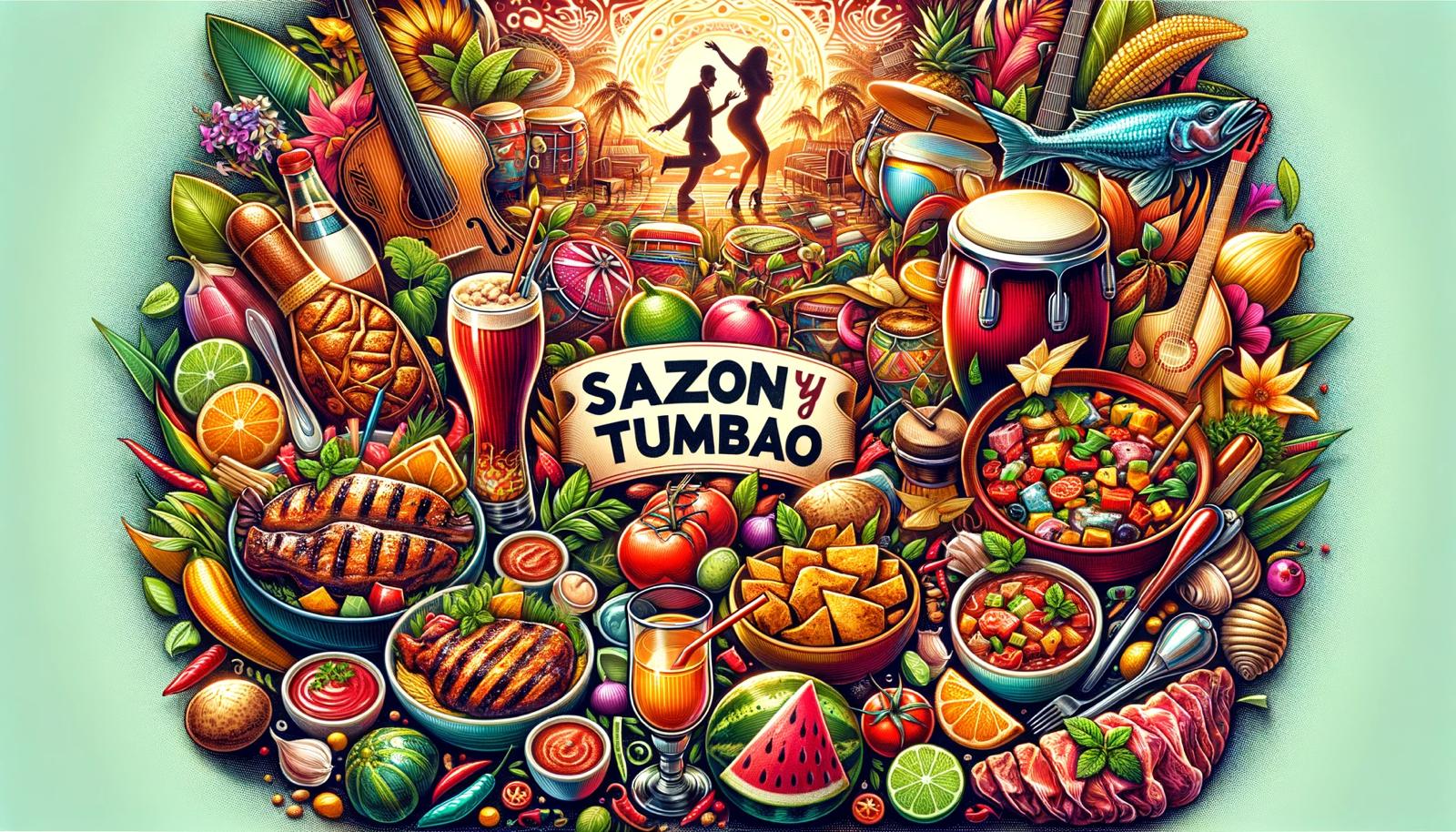




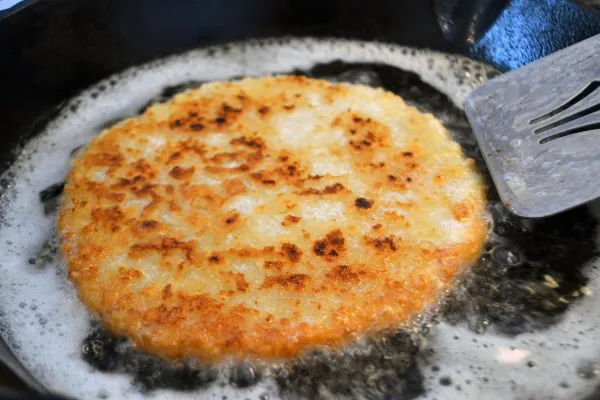
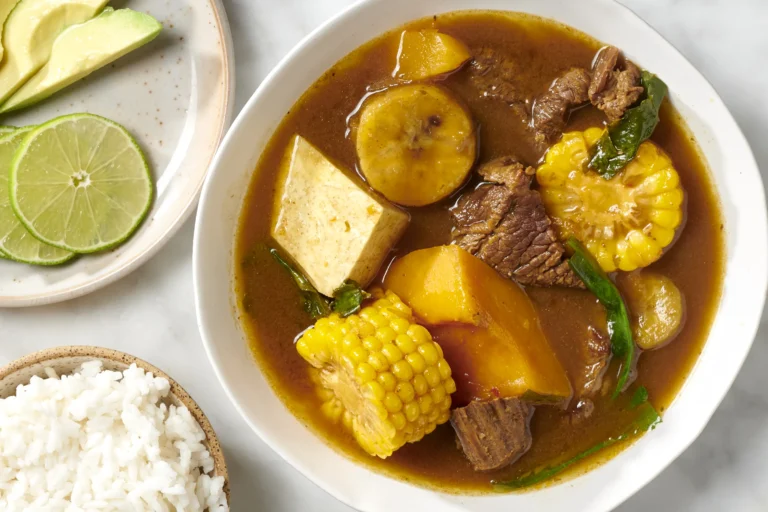
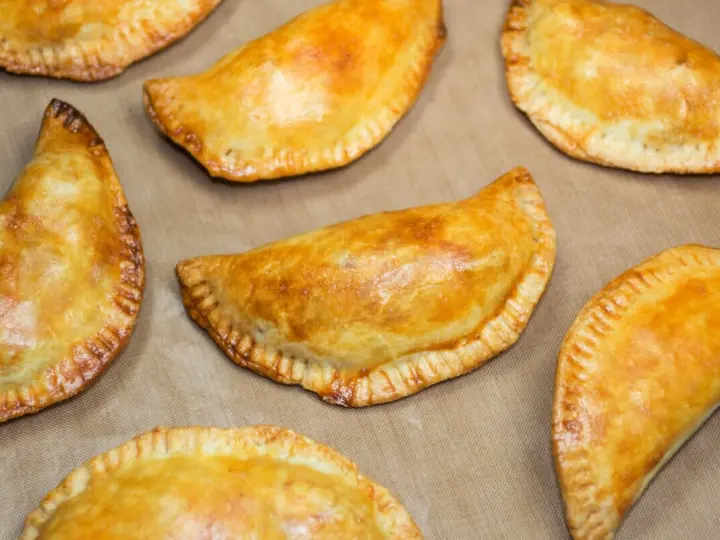
4 Comments